




Author: Dr. Garima Biswas
Yoga 0
Involuntary muscle spasms can occur in the vaginal area during penetration. This syndrome can affect a woman’s life severely both sexually and emotionally, and is largely unreported. Most women endure vaginismus in silence, fearing judgement or shame for their condition. There is also a lack of information and knowledge about vaginismus as a condition, including the degree of involuntary spasming that women experience in the vagina. Most women are unaware of the length and intensity of the spasm. The involuntary muscle contraction is not under each woman’s consideration; they cannot control it. The involuntary spasms can be anything from milder discomfort to intolerable pain. Additionally, many medical professionals probably aren't aware of vaginismus. So many women suffer and feel alone in this pain, live with vaginismus, and feel unrepresented.
Vaginismus affects women of all ages. Women who have suffered or are suffering from vaginismus include new wives, women who are about to be sexually active for the first time, postpartum women, and premenopausal women. Each case is separate and certainly does not reflect the character or emotional strength of one woman compared to another. It can take time to manage vaginismus, and vaginismus can be treated – they will not be their whole lives living with vaginismus.
What is vaginismus?
Vaginismus is a condition in which involuntary contractions occur in the vaginal muscles during the attempt of penetration, which is painful or impossible. Numerous episodes are likely beyond the woman's conscious control, regardless of her desire for intimacy.
Two types of vaginismus exist:
Primary vaginismus:
Occurs if a woman has never achieved penetration.
Secondary vaginismus:
It occurs after a period of pain-free penetration or penetrative sexual activity.
The root cause lies in a reflexive muscle response in the pelvic floor, which resembles a protective mechanism against physical or psychological trauma (such as pain or fear) and complicates treatment because of these levels of protective reactions. From a medical perspective, these muscle contractions typically occur when a physical and emotional practitioner administers treatment.
Symptoms of Vaginismus
Some common indicators of vaginismus are:
- Pain or discomfort during penetration, possibly in the form of burning, ripping, or sharp pain.
- Burning, stinging and tightness of the vaginal area before and during penetration.
- The inability to insert a tampon or to have a gynaecological exam.
- Avoidance of sexual activity due to fears, anxiety and dread; distress.
- Loss of sexual desire related to fear of pain.
Other symptoms could be the experience of irritation in the vaginal area or the inability to use a speculum during a visit to the medical office. These symptoms not only create obstacles concerning physical intimacy, but they can also have serious adverse impacts on a woman's self-esteem, relationship satisfaction, and mental health.
Causes of Vaginismus
Knowing what causes vaginismus is key to having targeted treatment. Vaginismus can develop through physical, psychological, or cultural factors.
Physical Causes
● Physical sources include infections of the vagina, like a UTI or yeast infection, which could cause discomfort that leads to muscle tightening.
● Hormonal changes during menopause or postpartum can change from the general elasticity to lubrication of the vagina.
● A pelvic injury or previous surgery in the pelvic area could cause sensitivity or scarring, leading to vaginismus.
● Pelvic floor dysfunction and having tight or overactive muscles have a direct impact.
Psychological Causes
● Fear around the sensation of pain primarily comes from those feelings caused by a bad experience or from a lack of education around personal body function and sex.
● Sexual trauma or abuse can also lead to physical symptoms. Even if not discussed or if there has been no trauma, it could still be related to vaginismus.
● Anxiety and other mental health disorders could also contribute to the issue. PTSD or OCD could also have an added complication.
● A damaged or unsatisfactory relationship can impact engagement with partners. Trusting your partner can create challenges. Communication and trust can work together to lessen the fear around any discomfort.
Preconceptions, Religious or Cultural Appropriateness
● Social or family respectability and shame can create a taboo around sex. These concepts can trigger physical tension and act as a barrier to reducing sexual interaction.
● A religious upbringing could label sexual activity as sinful, which may lead to fear and vaginal tightening.
● For some patients we may not know the cause. The condition is called idiopathic vaginismus.
Vaginismus Diagnosis
Diagnosing vaginismus requires both sensitivity and clinical expertise.
● Medical and sexual history is the first step. Open dialogue about pain, fears, and past experiences helps in identifying patterns.
● A pelvic exam with a gynaecologist or physiotherapist is crucial. A gentle approach – often using a numbing cream – is adopted to observe involuntary spasms.
● Muscle assessment involves checking for tightness in the pelvic floor.
● Psychological evaluation may also be advised to understand trauma, anxiety, or relationship stressors.
● Ruling out other conditions like infections, cysts, or fibroids is essential via imaging or additional tests.
Doctors might use Lamont’s scale to grade vaginismus severity during an examination, aided by personalised treatment planning.
Vaginismus Treatment Options
The treatment of vaginismus involves a dual approach to body and mind.
A. Pelvic Floor Physiotherapy
In pelvic floor physiotherapy, a specialist works with you to create greater awareness and control of the pelvic muscles.
These treatments can include one or more of the following: manual therapy, biofeedback, pelvic floor muscle training, Kegel exercises, physical activity exercise programs, relaxation, etc.
B. Counseling and/or Sex Therapy
Counselling can uncover emotional and psychological impediments to sexual engagement.
Cognitive Behavioural Therapy (CBT) has been shown to be effective at decreasing fear and reframing experiences of sexual engagement. Couples therapy can promote understanding and cooperation between partners.
C. Vaginal Dilators
Vaginal dilators are graduated devices of increasing lengths and girths which are applied under the direction of a medical doctor to provide gradual desensitisation of the vaginal muscles. This process helps clients gradually and gently eliminate the pain-fear cycle.
D. Medical Treatment
In the most severe situations, a physician would recommend topical anaesthetic gels, muscle relaxant medication, and possibly Botox injections.
Hormone therapy (especially if you are post-menopausal) may facilitate a return to some natural lubrication and elasticity.
The treatment choice should be personalised based on one's history, appearance, and comfort level.
Vaginismus Lifestyle Tips & Self-Care
Incorporating holistic ways of living into your life is a beneficial adjunct to clinical treatments.
● Having honest conversations with your partner about your needs as well as your fears lessens performance anxiety.
● Mindfulness practices (yoga, awareness exercises, deep breathing) will also help to relax tense pelvic floor muscles.
● Make intimacy with your partner as calm as possible, without performance pressures.
● Do not skimp on lubricants; the more comfortable you feel, the better.
● Pelvic floor exercises, like diaphragmatic breathing and easy stretching or yoga, may help improve muscle coordination.
● It is best to be patient and persistent. It is a journey that happens slowly but has been proven to be possible.
Myths and Facts About Vaginismus
Common Myths about Vaginismus
- “It’s all in your head." That’s false. Vaginismus is a real physical condition.
- "Only trauma survivors experience these symptoms of vaginismus." Not true. Every woman is capable of developing vaginismus.
- "Vaginismus is synonymous with no orgasm." Many women can still achieve orgasm through clitoral stimulation, even if penetration is not an option for them.
- "It’s just nerves." No. Vaginismus is not a personality issue. It is a medical condition.
- "It will go away on its own." Usually, medical intervention is needed.
Common Facts about Vaginismus
- Vaginismus is treatable with the appropriate intervention.
- Vaginismus can be caused by many different things. It is not only caused by trauma or psychological issues.
- Vaginismus affects almost all aspects of life, like using a tampon or being examined by a physician.
- Ideally, each woman should have an enjoyable sex life, whether or not there is penetration.
- Seeking help for this is brave but necessary.
When to See a Doctor for Vaginismus
If you experience any of these symptoms, do not wait to get help:
● The patient is experiencing persistent or worsening pain during penetrative intercourse.
● The patient cannot tolerate the insertion of tampons or a pelvic exam.
● You may feel upset and avoid having sex due to a fear of pain.
● You often feel anxious about sex.
When you see the health professional, a respectful and gentle exam will take place. Your clinician will:
● Discuss your medical and sexual history.
● Conduct a pelvic examination if you feel comfortable.
● Occasionally, they will refer you to an experienced pelvic floor health professional or mental health professional.
Just remember, vaginismus is not your fault, and there is help available.
Final Thoughts
Vaginismus can feel isolating and frustrating, but it is not permanent. With a holistic care plan combining physical therapy, emotional support, and education, women can reclaim their sexual health and well-being. You deserve a pain-free, empowering experience with your body.
Reach out to a pelvic health physiotherapist or gynaecologist today—healing starts with understanding and action.
Frequently Asked Questions
Add comment

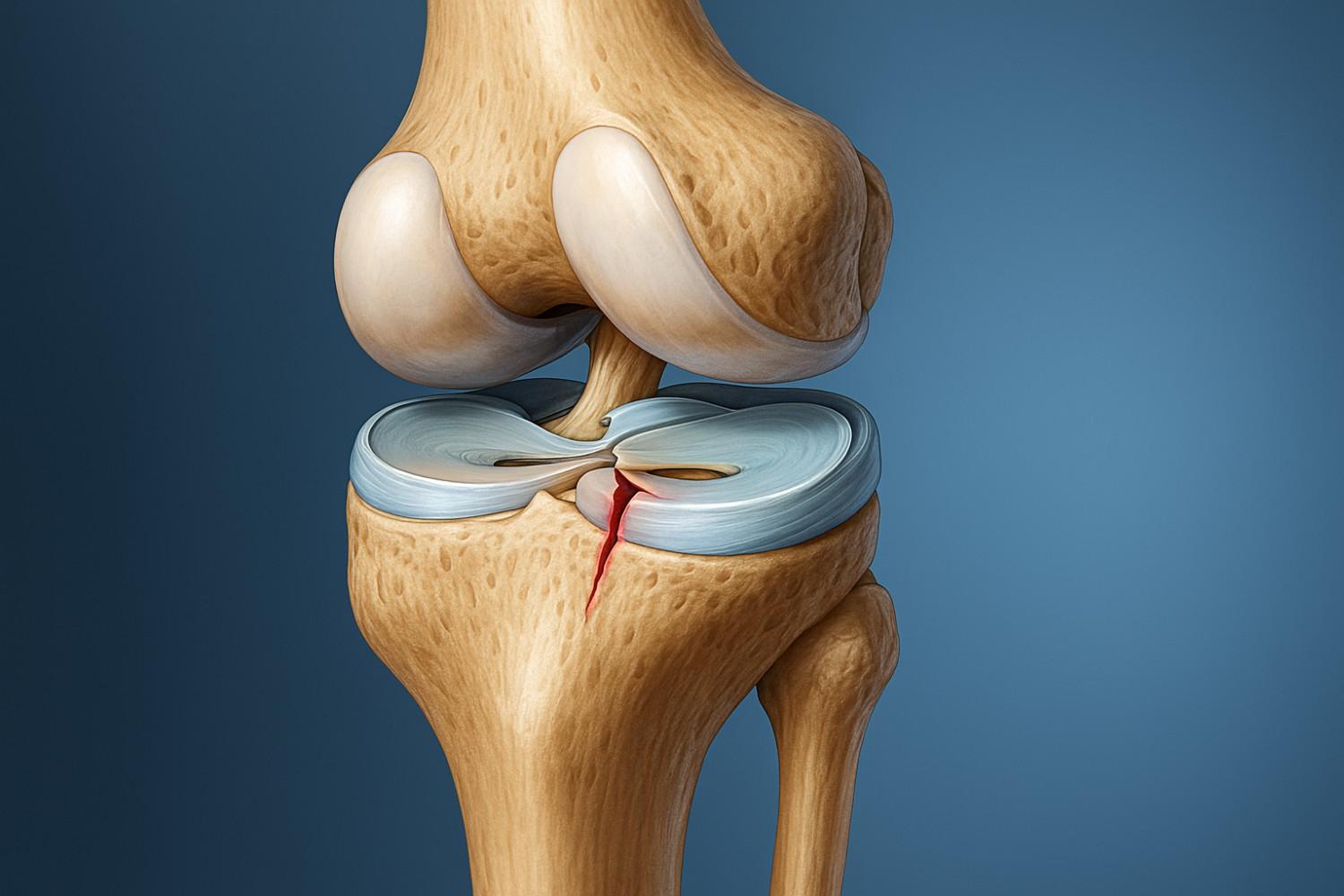
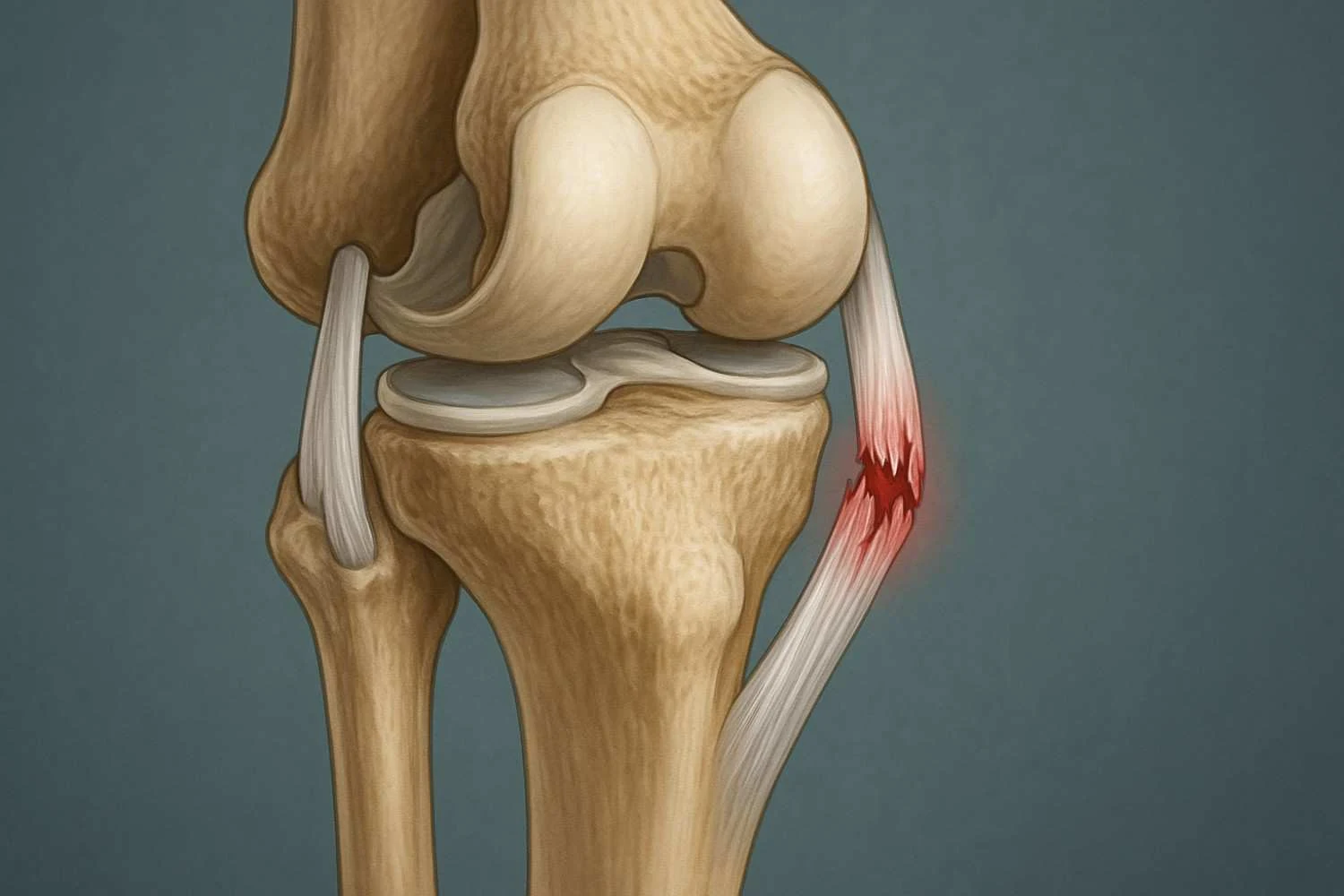


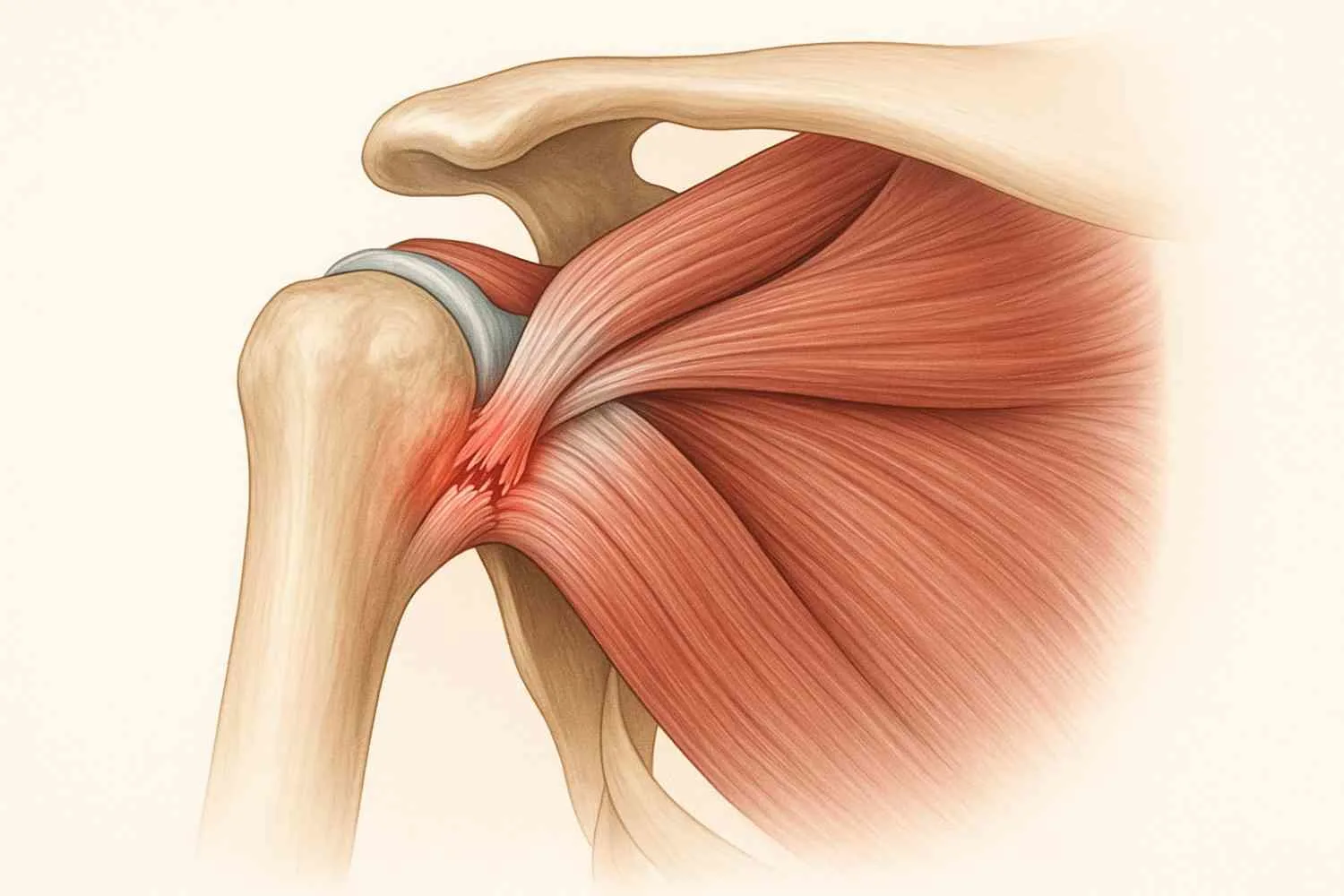
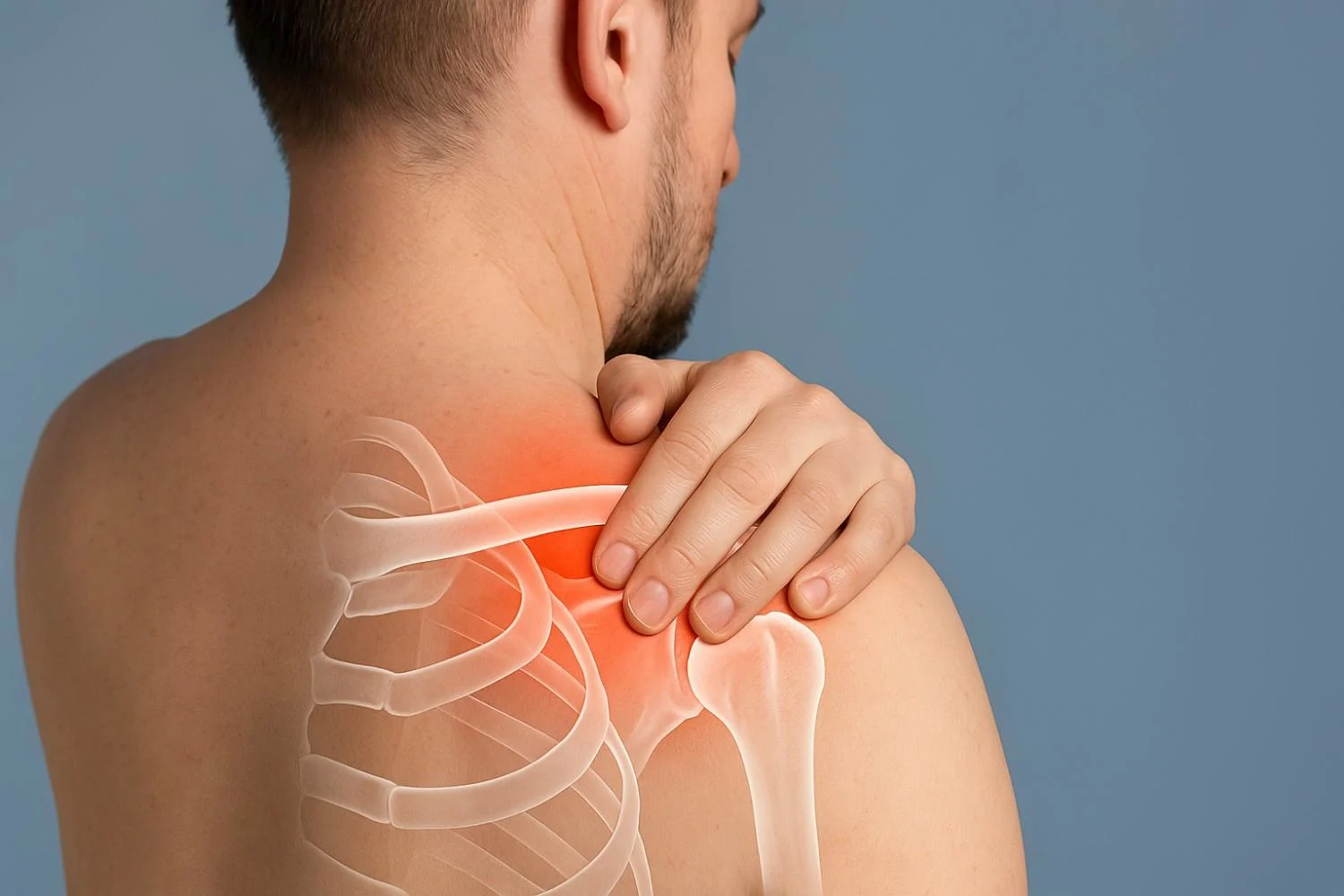
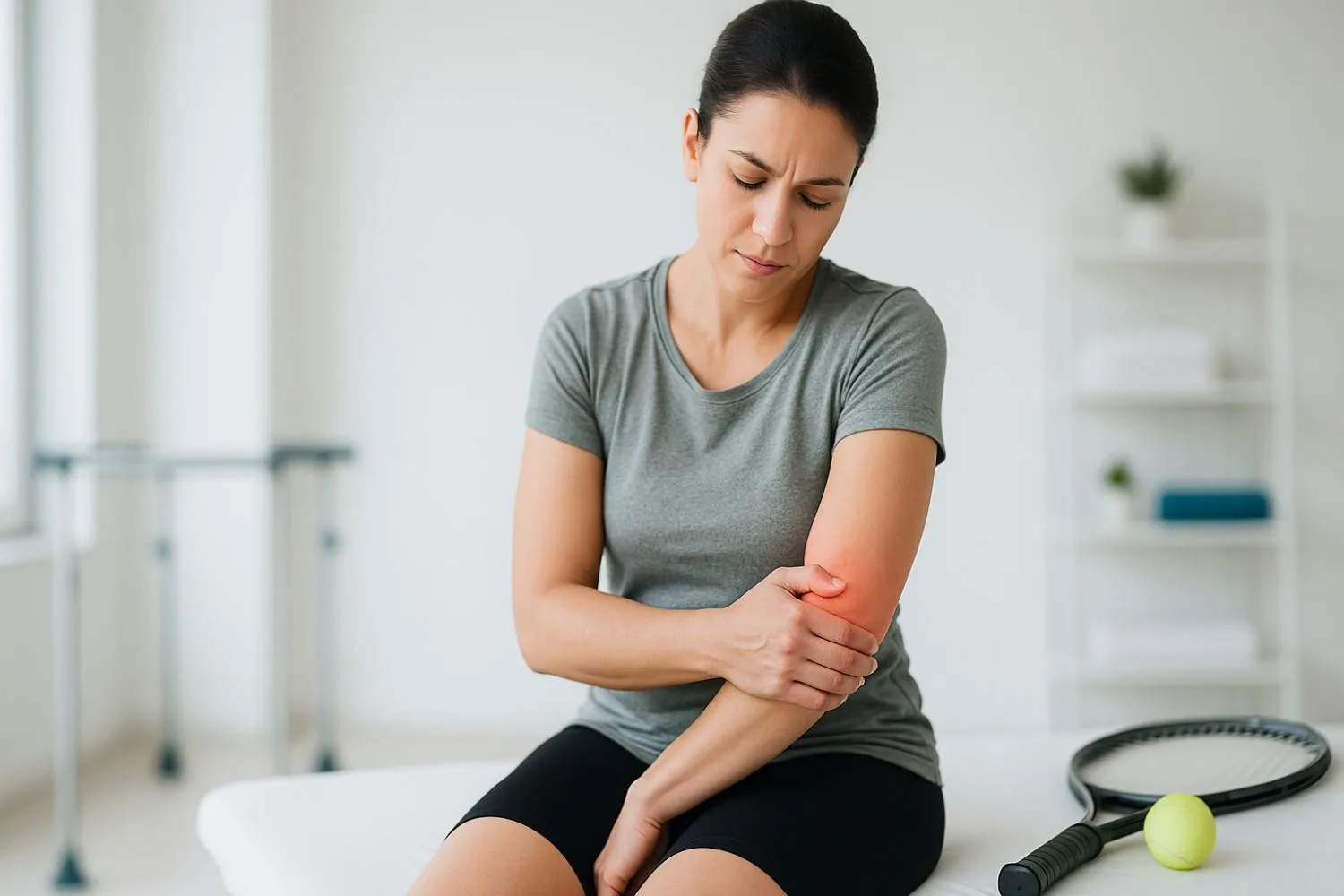
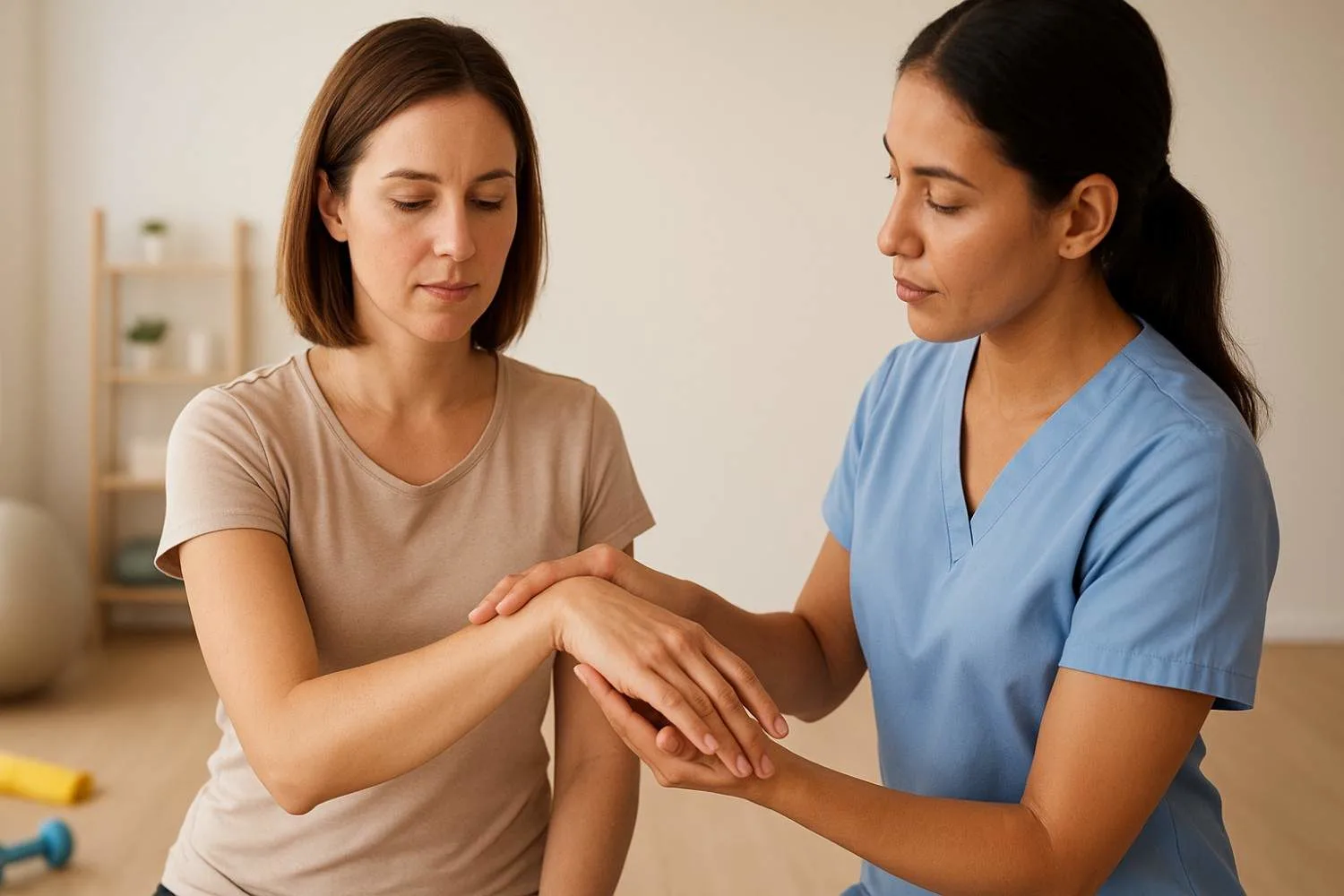


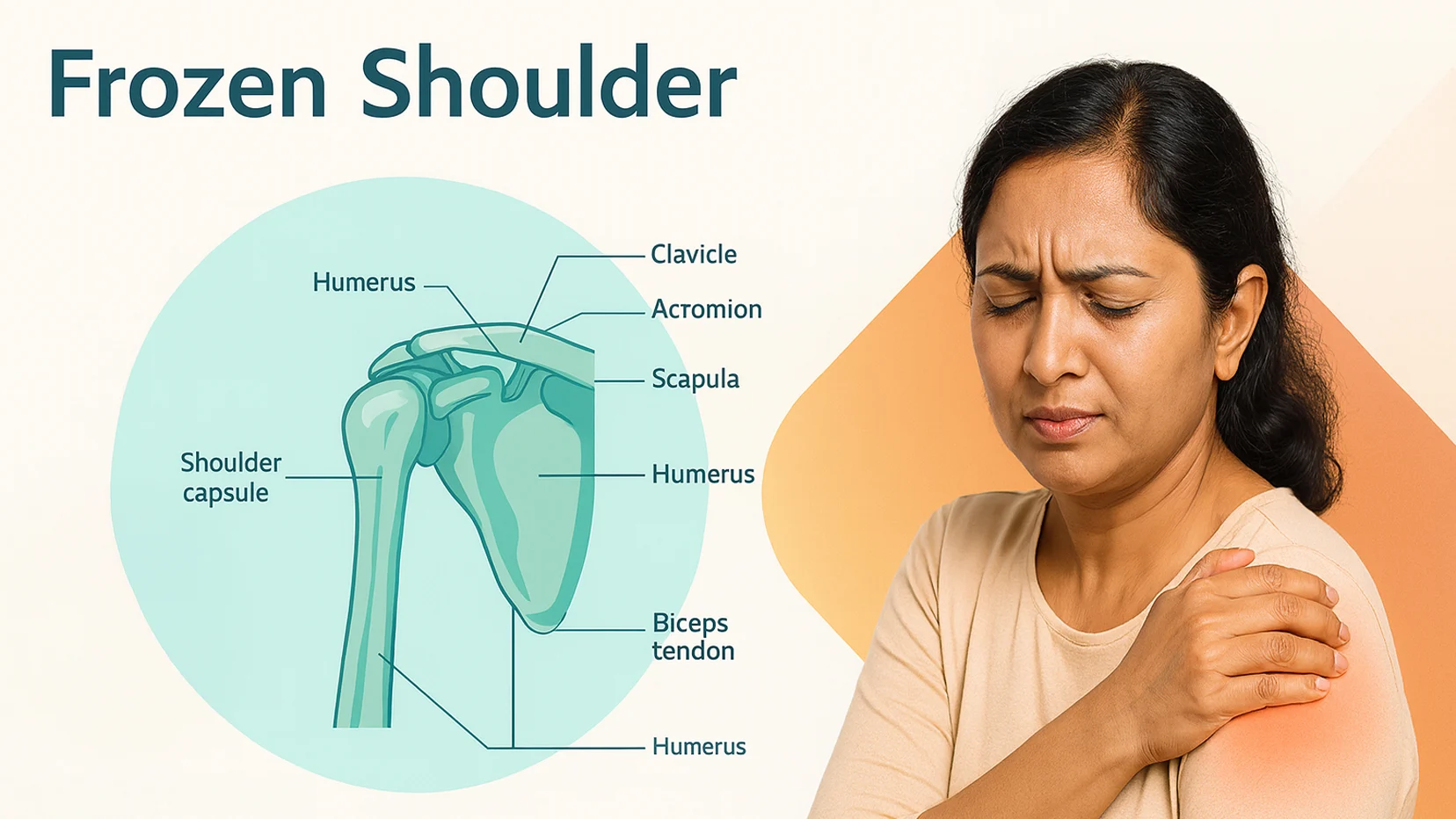
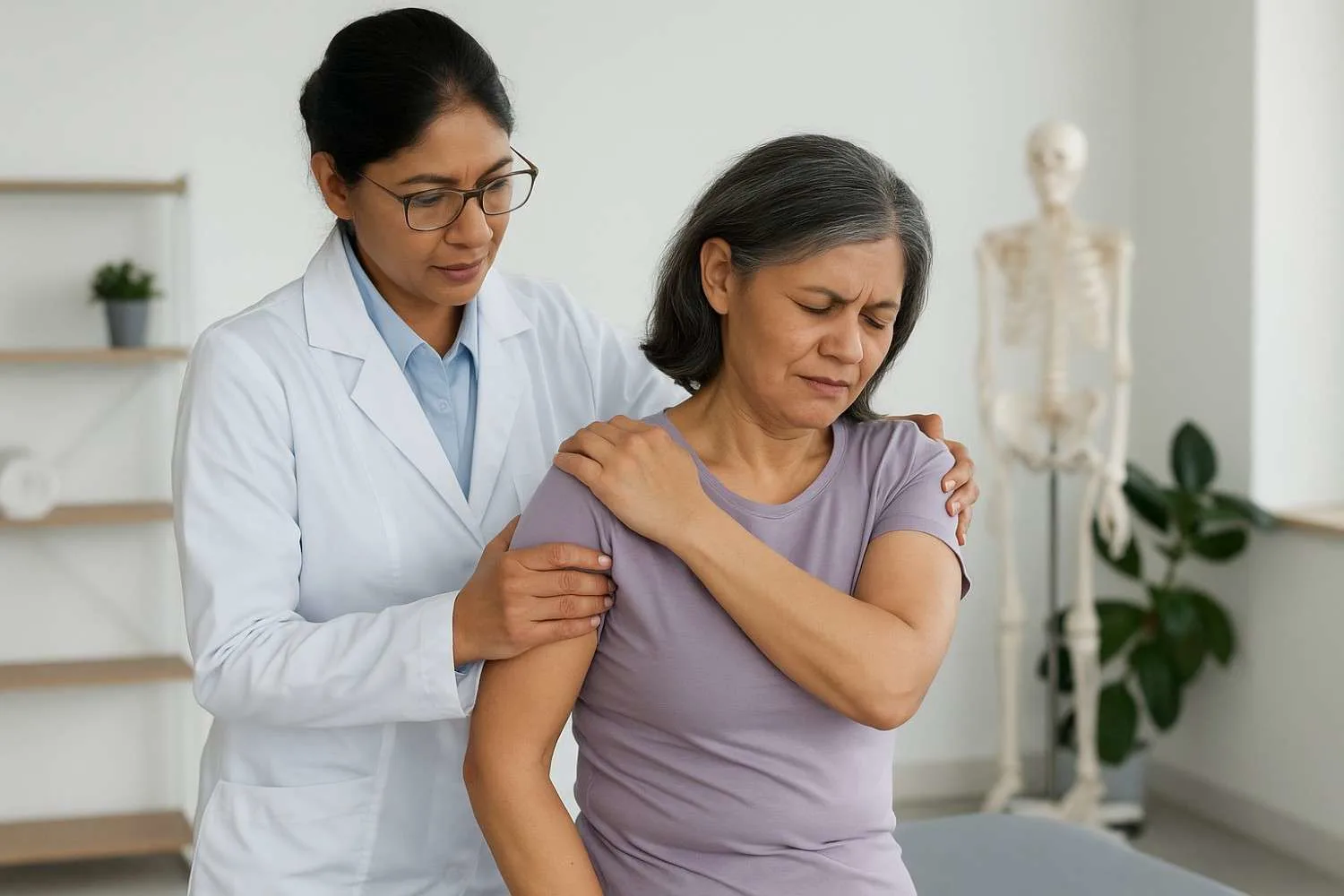



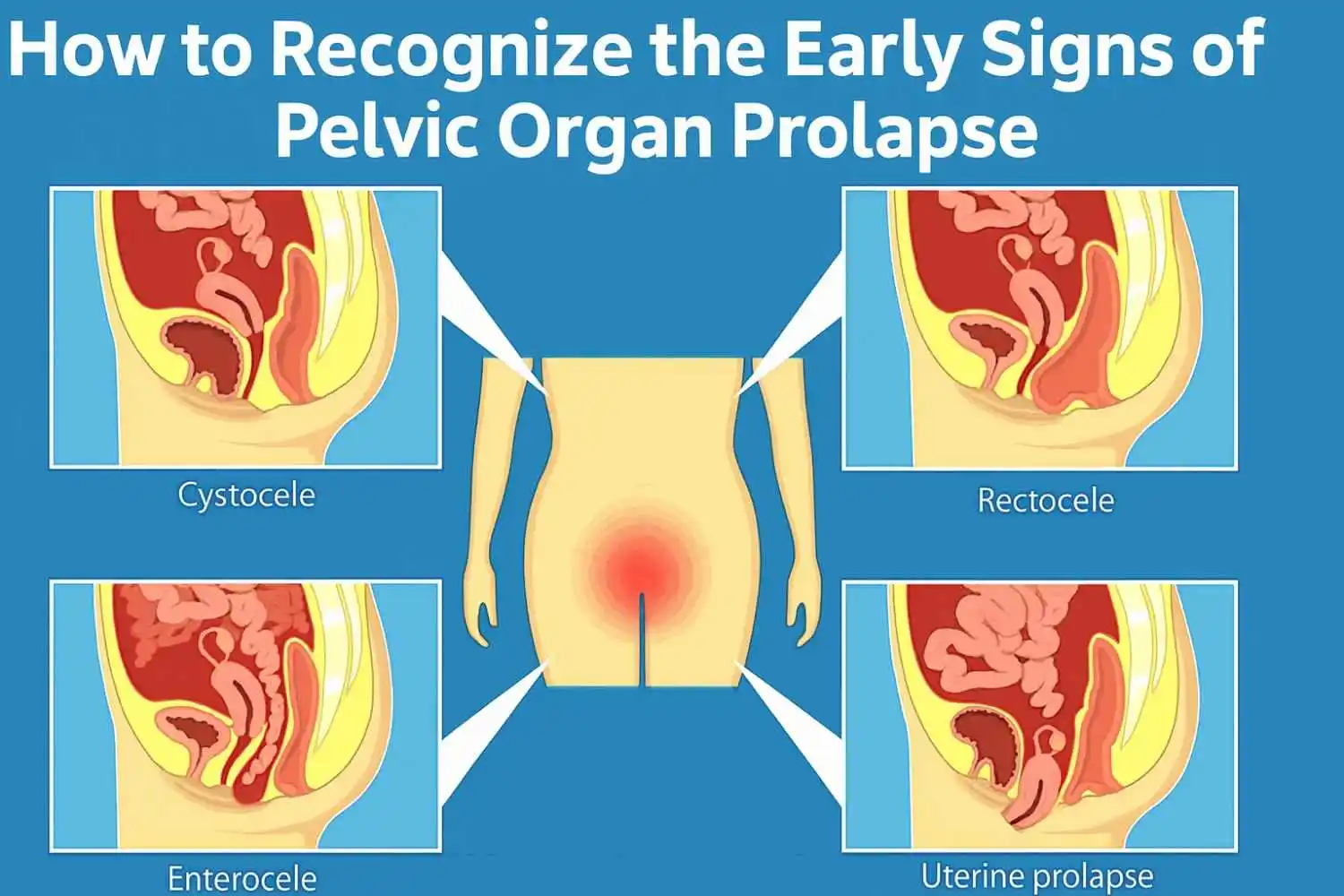
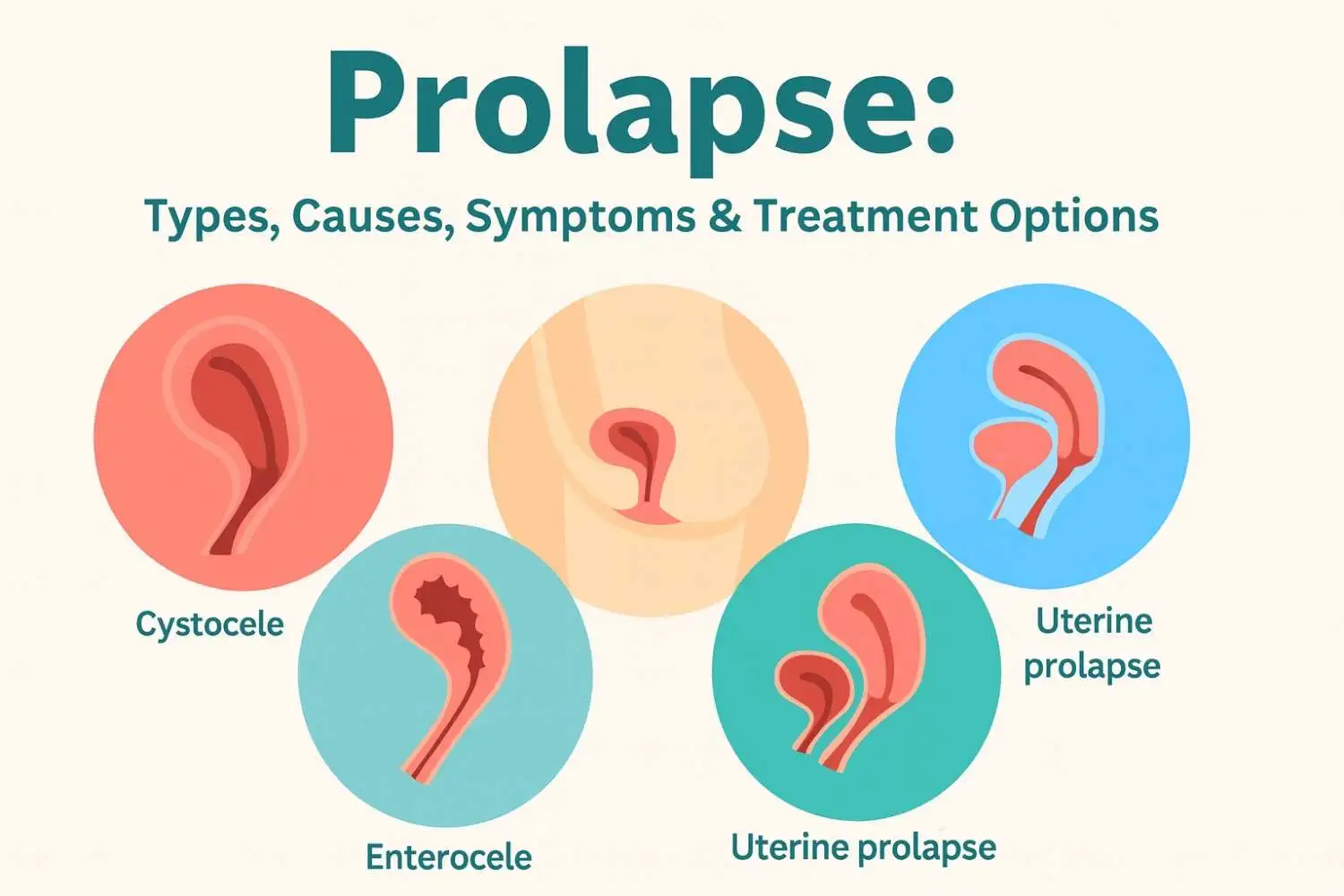









.webp)





.jpg)






































